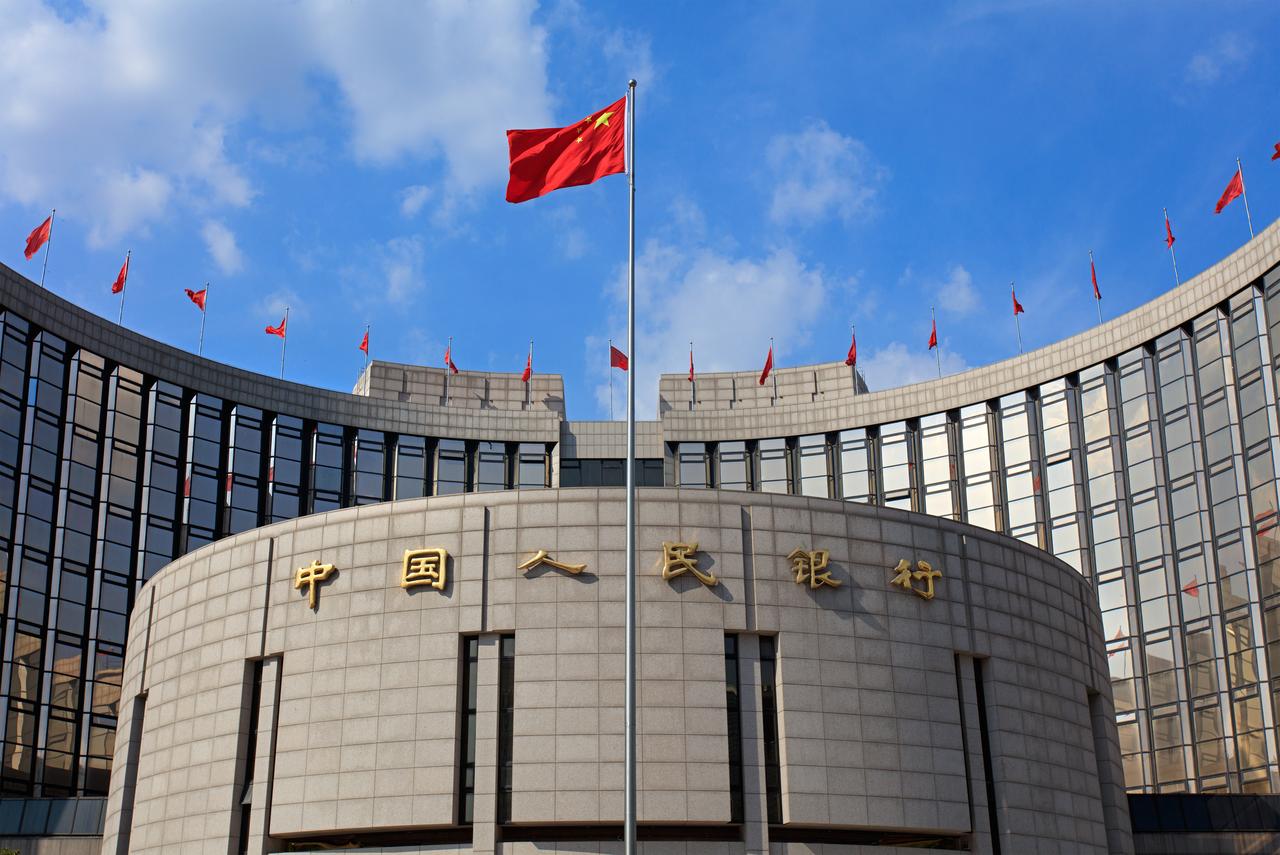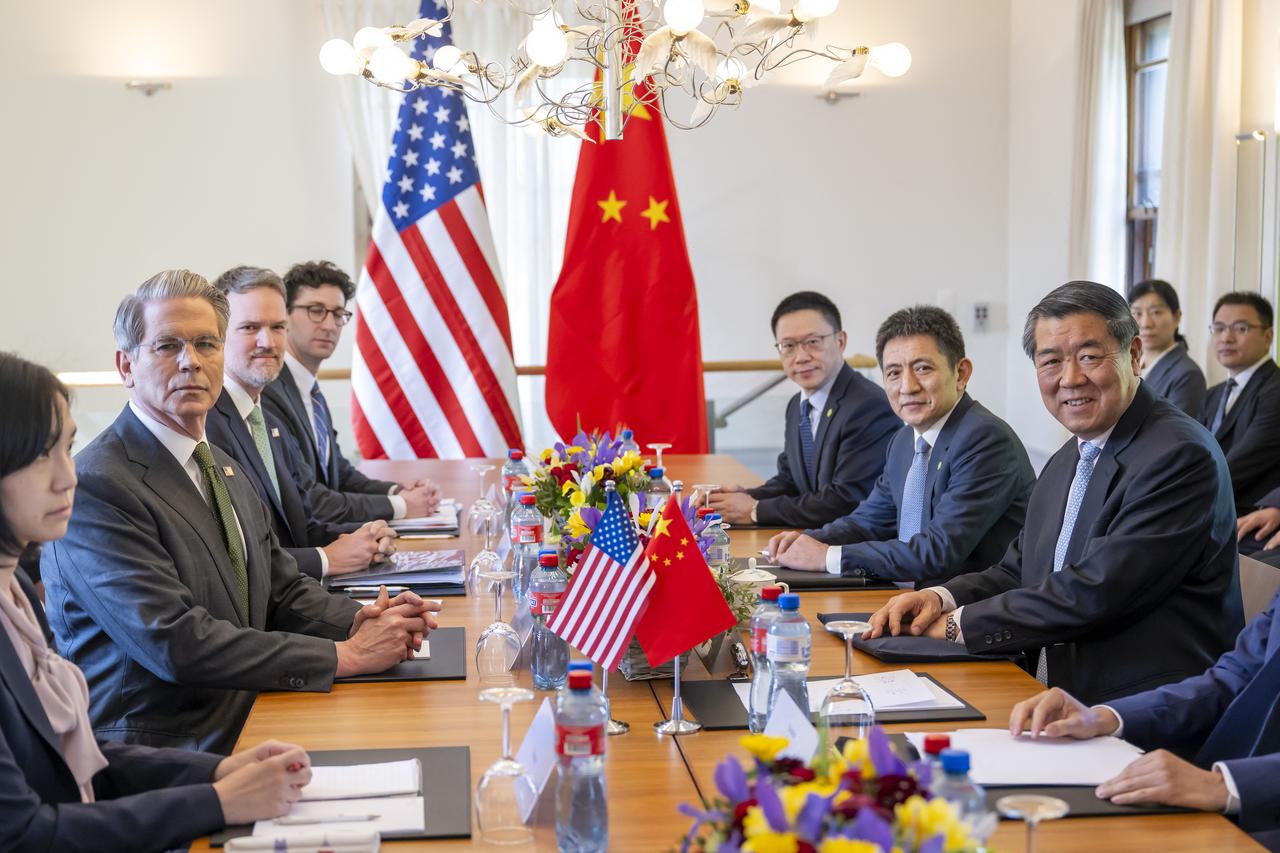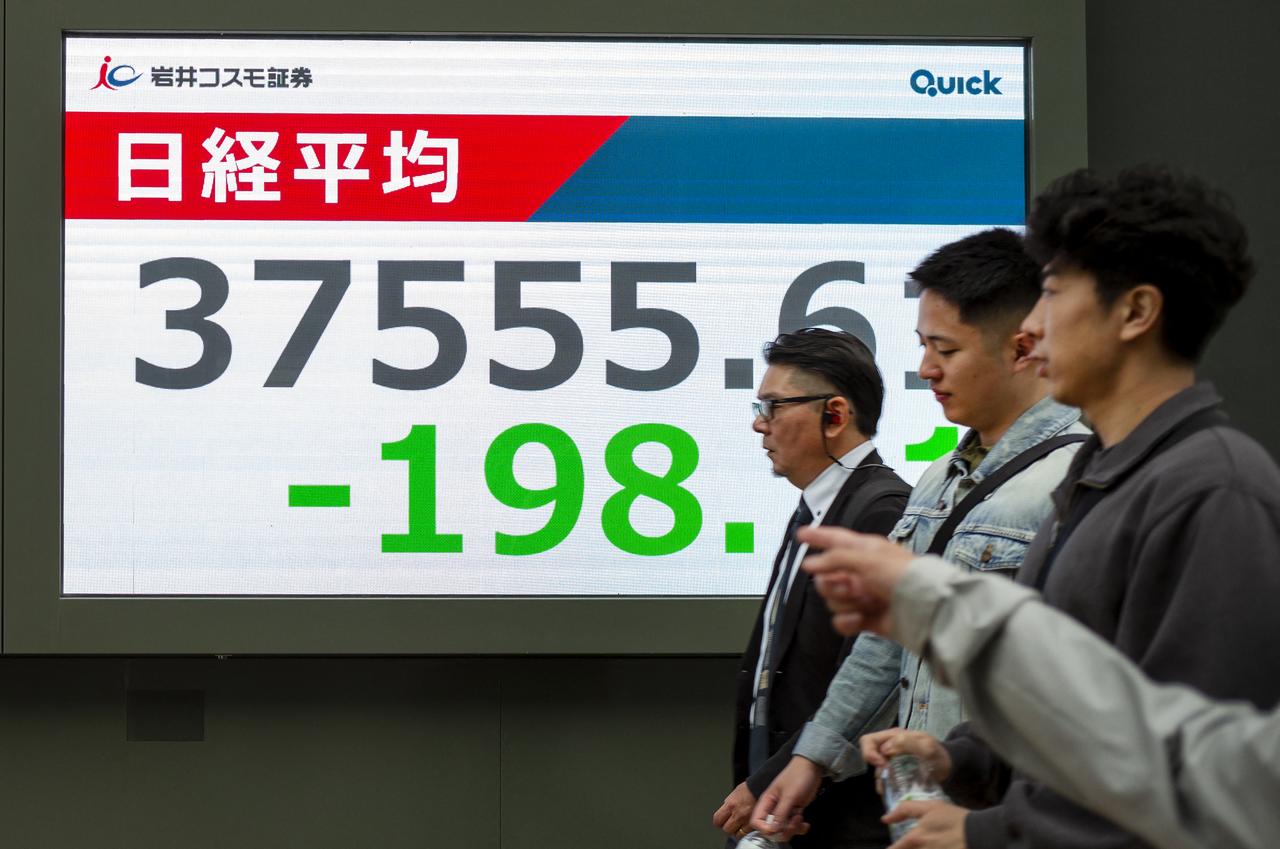
China’s central bank slashed two of its benchmark interest rates on Tuesday to historic lows in a move widely seen as a bold attempt to prop up the country’s struggling economy, which has been weighed down by weakening domestic demand and prolonged tensions with the United States.
The People’s Bank of China announced that the one-year Loan Prime Rate (LPR) would be reduced from 3.1% to 3%, while the five-year LPR, which is typically used for mortgage lending, would drop from 3.6% to 3.5%.
The LPR serves as a reference for banks when setting lending terms for businesses and households. While seemingly minor, these reductions mark the lowest levels on record and signal Beijing’s commitment to ramping up policy support in the face of mounting structural and geopolitical headwinds.
The rate cuts came on the heels of a temporary breakthrough in U.S.-China trade relations. Last week, Beijing and Washington agreed to suspend a range of tariffs on each other’s goods for a 90-day period, softening the impact of an ongoing trade war that has deeply strained bilateral commerce over recent years.

The broader economic context in China remains fragile, as the country continues to contend with a long-standing downturn in household consumption, an extended debt crisis in its massive property sector, and persistently high youth unemployment. These underlying issues have curtailed the effectiveness of previous stimulus efforts and may limit the upside of the most recent rate adjustments.
In a sign of continued optimism, Chinese authorities have set an annual gross domestic product (GDP) growth target of around 5% for 2025. However, many economists consider this goal ambitious under current conditions. Structural challenges, including the property market’s ongoing correction and a lack of confidence among consumers, pose significant hurdles.

Still, official data showed surprising momentum in early 2025, defying these critiques. Preliminary figures indicate that China’s economy expanded by 5.4% in the first quarter compared to the same period a year earlier, exceeding market expectations and offering some validation for the government’s outlook.
Financial markets across Asia reacted positively to the rate decision. Investor sentiment improved markedly, with major stock indices posting gains on Tuesday. Japan’s Nikkei 225 rose by 0.5% to close at 37,691.56, while Hong Kong’s Hang Seng Index climbed 1% to 23,568.99. The Shanghai Composite Index also edged higher by 0.2%, ending the day at 3,373.52.

Analysts believe the market reaction reflects optimism that looser monetary policy in the world’s second-largest economy will support broader regional stability. However, some caution that without a sustained boost in consumer confidence and more decisive structural reforms, the benefits of lower borrowing costs may prove short-lived.